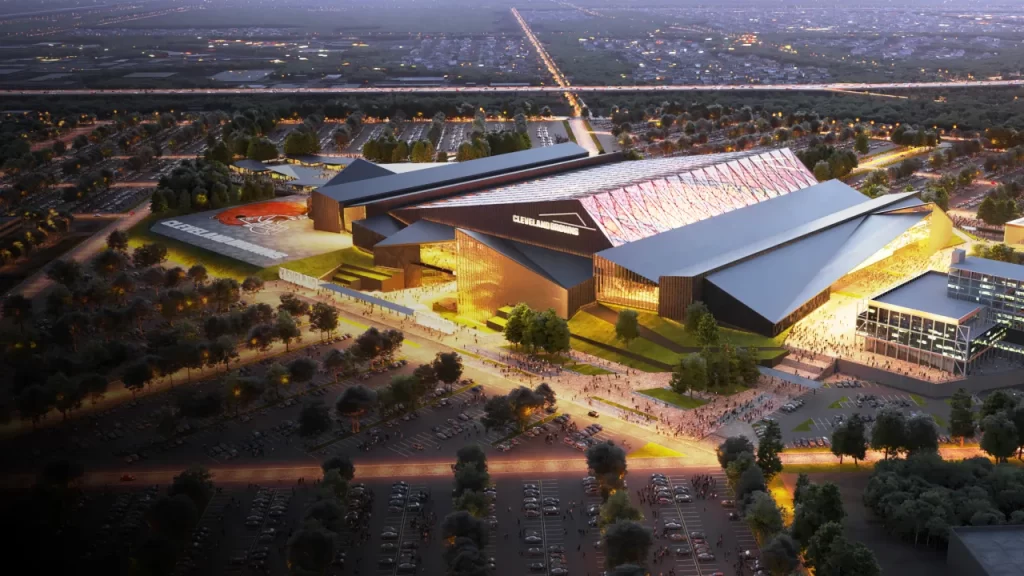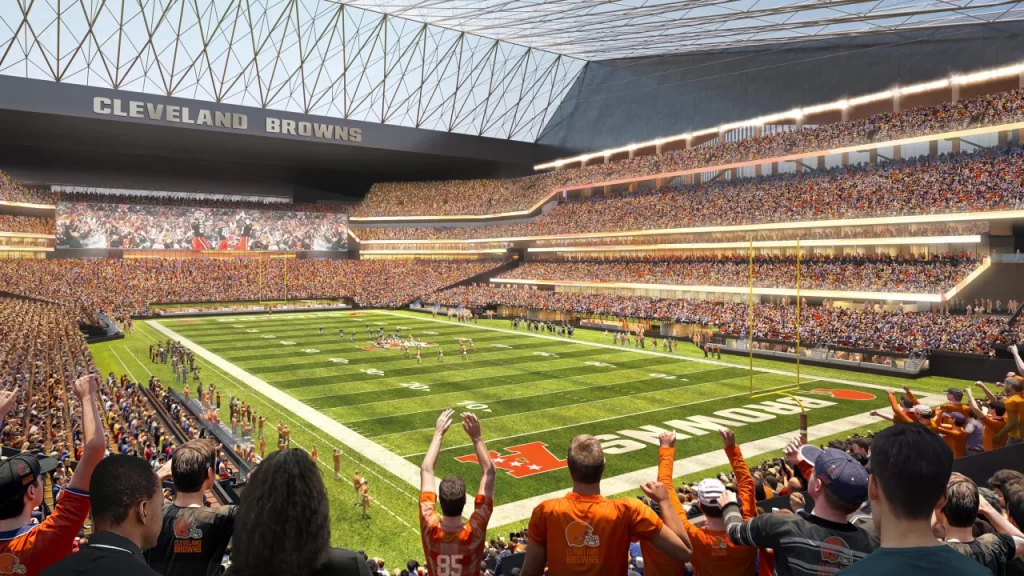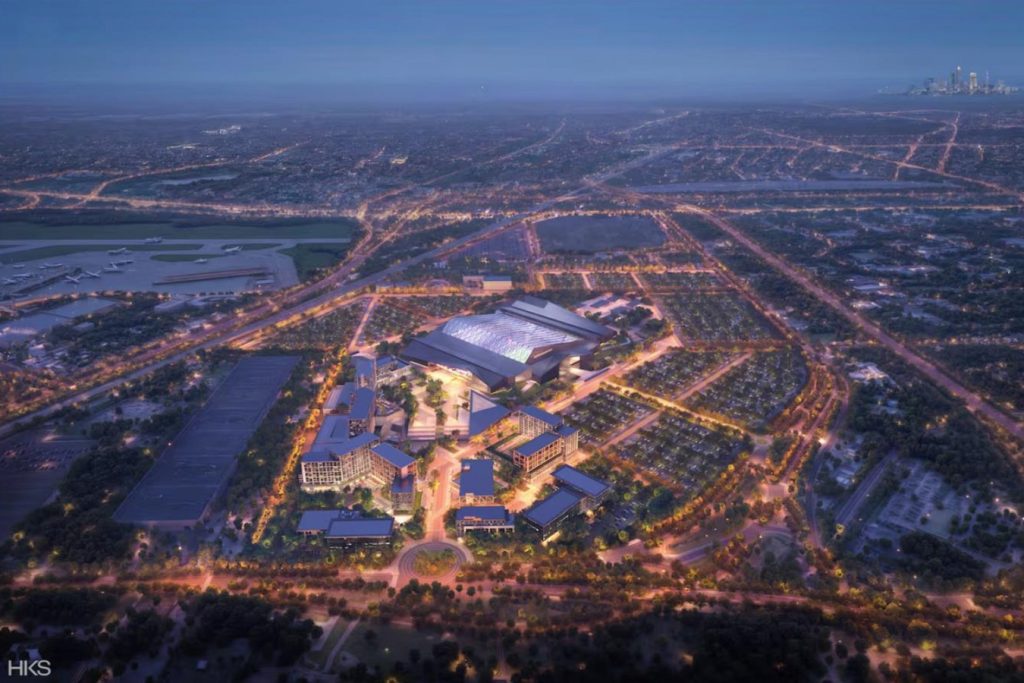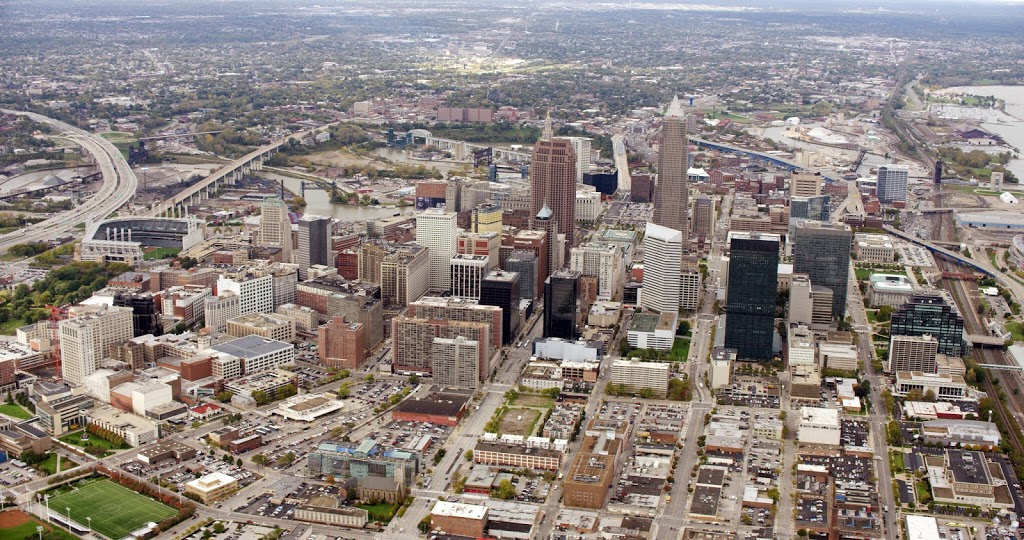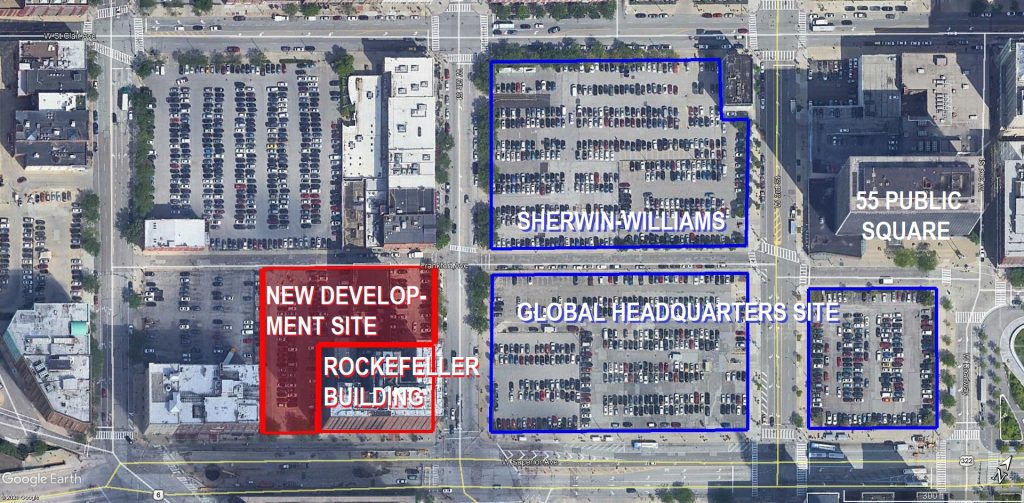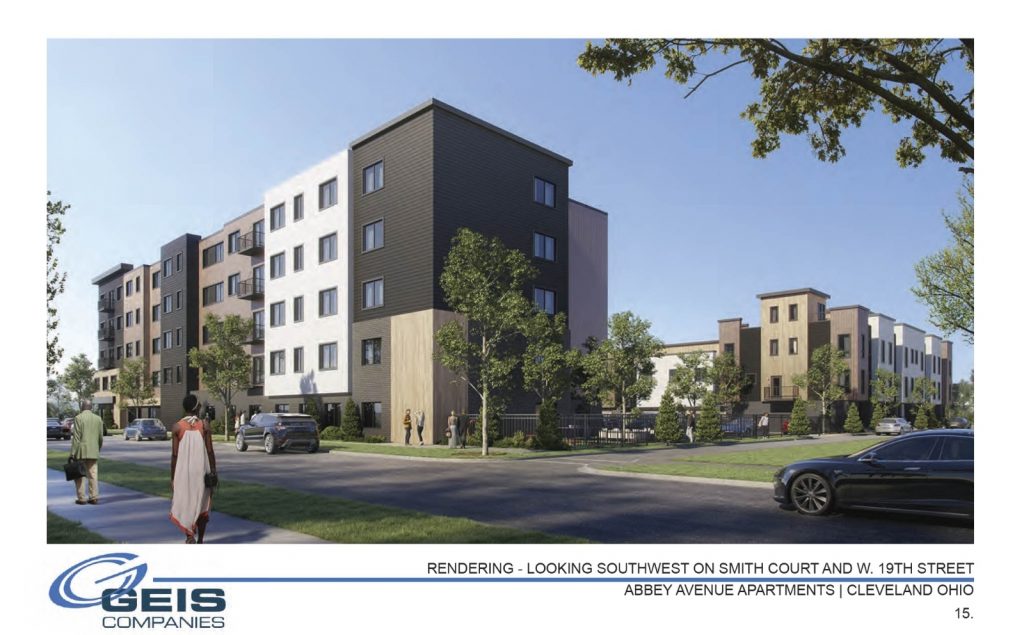A regional approach to supporting a stadium
A COMMENTARY
The Cleveland Browns have long been a cornerstone of Greater Cleveland, symbolizing community pride and excitement, and contributing to the local economy and cultural identity. While the current debate around the Browns’ future stadium is heavily focused on facility location and financial issues, it is crucial to recognize the team’s non-economic benefits, such as fostering civic pride, quality of life, regional unity, and shared traditions that bring people together.
These benefits are the real community return on investment on public financing in the Browns Stadium deal! Also, the Browns are a source of hope for many Clevelanders, which is very important as many experience today’s world as being filled with conflict and unhappiness, and increasingly divided by political extremism and incivility each day.
I am not happy with the NFL’s extreme wealth-building machine for franchise owners, the exorbitant salaries of players, and the skyrocketing ticket prices paid by fans. These are realities for all NFL teams.
Yet, for many, the Browns represent more than just a football team — they are woven into Cleveland’s identity and fans’ sense of well-being, making it a delicate balancing act for city and county officials as they navigate the future of the Browns’ stadium, striving to maximize the team’s value without compromising the financial health of local governments.
The Cleveland Browns are a critical quality-of-life asset for Clevelanders, contributing to the local community and economy, and thus warranting thoughtful public investment. The key challenge is determining how we can make the most fiscally responsible decisions regarding the Cleveland Browns Stadium as a community quality of life asset, while also safeguarding the future standard of living for Clevelanders.
Public subsidies for stadiums
I have looked carefully at several economic impact and cost-benefit analyses conducted on U.S. professional sport facilities, and I have read a good part of the economic research literature on publicly-financed stadiums.
Public subsidies for new or renovated stadiums often fail to deliver the economic returns that are promised by these studies, which aim to provide an economic justification for the public money invested in stadiums. Many of research studies conclude that sports stadiums shift economic spending rather than increase it.
“Despite robust evidence that stadiums are not economic development catalysts and confer limited social benefits, public outlays persist and exhibit a positive growth trajectory, which could prove costly to government budgets in coming decades,” wrote J.C. Bradbury, Dennis Coates and Brad Humphreys in Public policy toward professional sports stadiums: A review.
Historically, projections of the community economic return on investment (ROI) have proven inaccurate, resulting in substantial public spending with less-than-promised overall economic benefit. Given these realities, governments—particularly during times of financial strain—must be cautious about making investments that could jeopardize their financial integrity.
However, while these public subsidies may not produce the projected economic return, reasonable public investments in these facilities can be justified for quality of life reasons.
Public investments in a stadium should not be viewed solely through an economic lens; they should also be seen as investments in the city’s cultural and quality of life infrastructure, which helps to strengthen civic pride, community identity, and social cohesion. These aspects are just as important for the long-term health and vitality of a city as the often over-stated economic considerations.
Here is a suggested formula for understanding the benefits a community receives in return for its public investment in a stadium:
Community ROI for the Browns Stadium = Reasonable Public Investment → (Reasonable Economic Outcomes + Significant Quality of Life Outcomes)
The Browns’ future in Greater Cleveland
There is currently no known threat that the Cleveland Browns will leave the Cleveland area, which provides some breathing room for local and state policymakers. The Browns’ ownership has shown no inclination to relocate. While many Greater Clevelanders would be deeply disappointed if the Browns were to move to Brook Park, this scenario could also present an opportunity for Cleveland to rethink its lakefront.
Demolishing the stadium would open 31 acres of prime real estate for new development purposes, potentially higher in social and economic benefit. Pairing the stadium’s relocation from the lakefront with the closure of Burke Lakefront Airport would free up another 450 acres of land that could be repurposed in ways that would have lasting positive impacts on the city’s development.
Stadium as impetus for strategic sports investment
Despite the concerns about public investment, there are strategic ways to approach the Browns Stadium project that could create long-term benefits for the area. The creation of a sports authority like the Metro Sports Authority in Nashville would allow Cleveland and Cuyahoga County to better manage the financing and ownership of its sports facilities.
This would ensure that future sports investments are made in a more coordinated and strategic fashion, reducing the financial risk to local governments while maximizing the benefits to the community.
A caution on over-building
It is important for local public and private leaders to resist the temptation to overdevelop the area surrounding a new stadium, whether it locates in Brook Park or Cleveland. Building too large of a retail, hospitality, and entertainment complex could lead to negative competitive effects on existing local businesses, hotels, and entertainment venues and attractions.
Earlier investments in these activities in the Flats District have not produced a sustainable economic return. Instead, a more measured approach to development should be pursued, ensuring that any new investments complement, rather than cannibalize, existing economic activities.
Providing Financial Support for Overcharged Fans
Engaging the public more directly in large-scale development projects can foster greater community buy-in while alleviating some of the financial pressures on fans. One approach could involve establishing a Browns Fan Shareholder Fund (BFSF), where 10% of ticket sales are allocated to a collective pool.
These funds could then be reinvested to reduce gameday costs for fans and enhance the overall fan experience by lowering the cost of general admission tickets, reducing parking and concession prices, and offering technology-driven fan engagement services at more affordable rates.
A Down-the-Road Consideration
The Browns Stadium project could also serve as a catalyst for serious discussions about future governance in Greater Cleveland. The idea of creating a metropolitan form of government, where Cleveland and Cuyahoga County would join forces, has been floated in the past but faced considerable political resistance.
The stadium project could be used to spark new conversations about the potential benefits of metropolitan governance, such as streamlined decision-making, improved public services, and greater economic efficiency.
Conclusion
The Cleveland Browns Stadium Project presents both challenges and opportunities for Greater Cleveland. While the importance of the Browns to the community cannot be understated, local governments must carefully consider the economic and non-economic implications of investing in a new or renovated stadium.
By approaching the project with a strategic mindset, involving the public in meaningful ways, and thinking beyond short-term considerations, Greater Cleveland has the potential to use the stadium project as a catalyst for innovation and governance improvement. Ultimately, the goal should be to ensure that any investments provide significant economic and quality of life benefits to Greater Cleveland.
END
Don Iannone, Ph.D., is a business professor at Transcontinental University, a European Union-based university with a campus in Columbus Ohio. He has worked in economic development and public policy for four decades, Don is also a writer. His latest book, America’s Dream at a Crossroads, The 2024 Presidential Election and Beyond, argues that the American Dream should be a defining issue in the November election and beyond.


